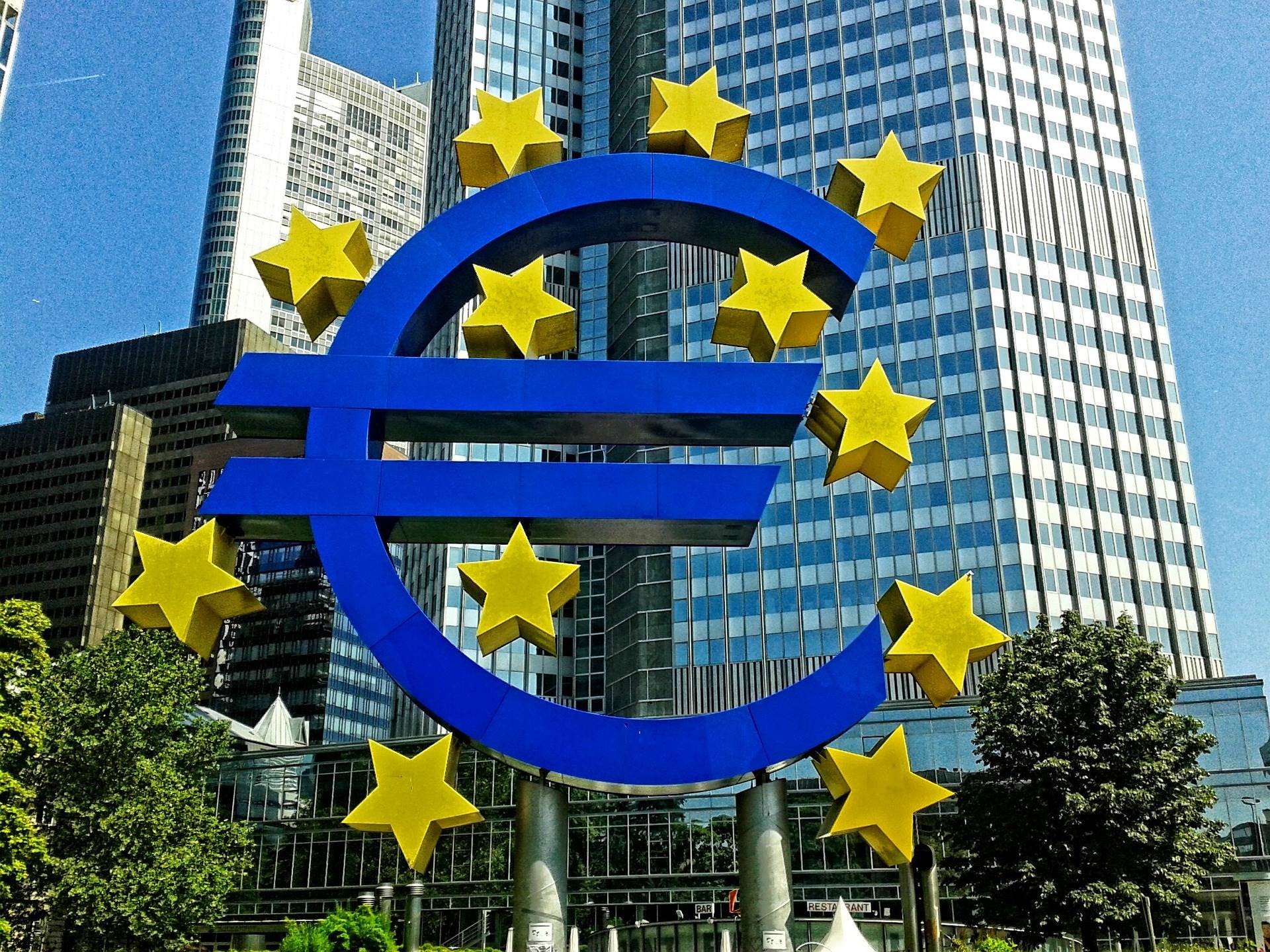 The European Central Bank has decided to keep its interest rates on hold at its most recent meeting (Thursday), but went on to suggest that it expects rates to be on hold, or lower, until the middle of next year. Analysts have taken this to imply that a rate cut is likely in the near future and the Euro has slipped against other major currencies as a consequence. The Euro weakened by 0.31% against Sterling on the news, but has since regained the loss as concerns over Brexit push Sterling lower.
The European Central Bank has decided to keep its interest rates on hold at its most recent meeting (Thursday), but went on to suggest that it expects rates to be on hold, or lower, until the middle of next year. Analysts have taken this to imply that a rate cut is likely in the near future and the Euro has slipped against other major currencies as a consequence. The Euro weakened by 0.31% against Sterling on the news, but has since regained the loss as concerns over Brexit push Sterling lower.
At the news conference, Mario Draghi stated that the Eurozone economy was resilient, notably in services and construction, but noted that the for manufacturing sector “the outlook is getting worse and worse”, a situation he blamed on global trade tensions and “the possibility of a hard Brexit”.
Economic stimulus measures may be justified as the German economy is slowing and inflation across the Eurozone is at 1.3%, significantly below target of 2%. It has been suggested that further quantitative easing may be used, but the ECB balance sheet already has the equivalent of 40% of the bloc’s GDP in assets held by the bank (this gives a context for just how deep the Global Financial Crisis and its aftermath ran). At some stage, all of the central banks that indulged in QE will sell their assets off and cancel the electronic credits used to purchase them, in theory, at least. The unloading of the trillions of dollars in such assets must be done cautiously so as not to trash the market, but it may be that the ECB will have little choice but to push ahead with QE since rates are already at zero. Whilst a negative rate could force banks to hold less of their reserves with the ECB, it would have little direct effect on lending to businesses.
For the moment, the ECB says that consumer confidence, bank lending and employment remain robust within the Eurozone.
